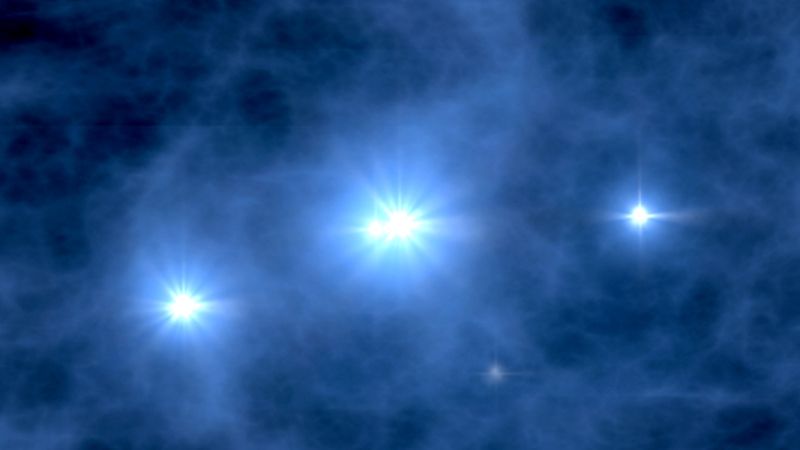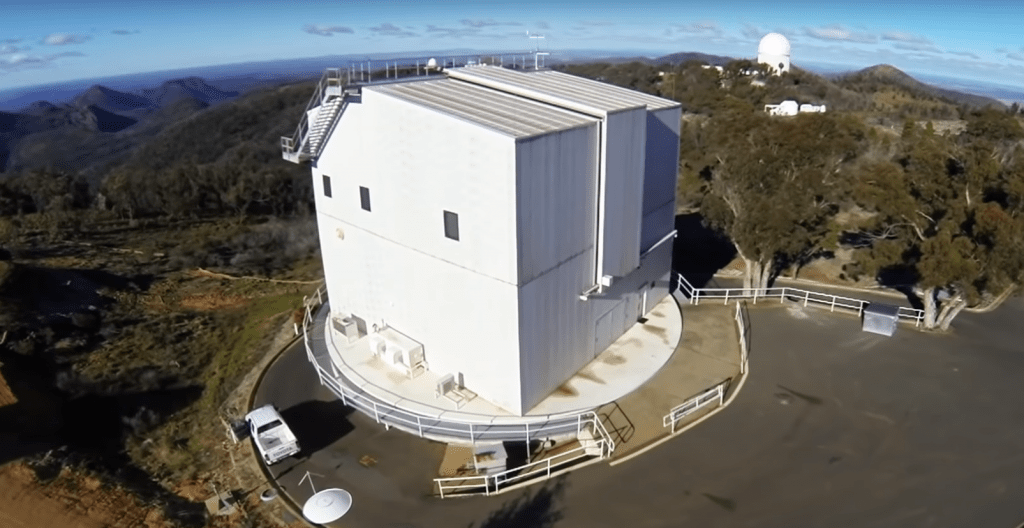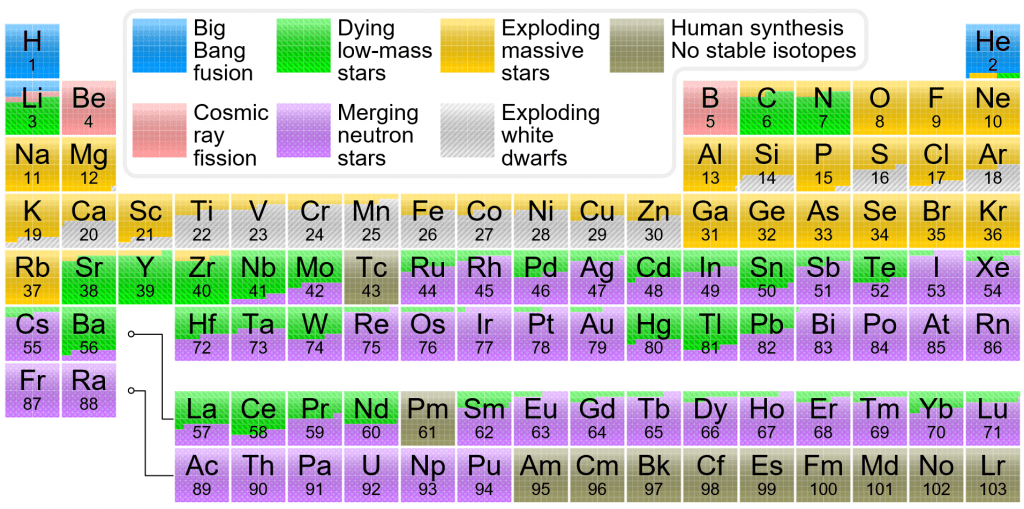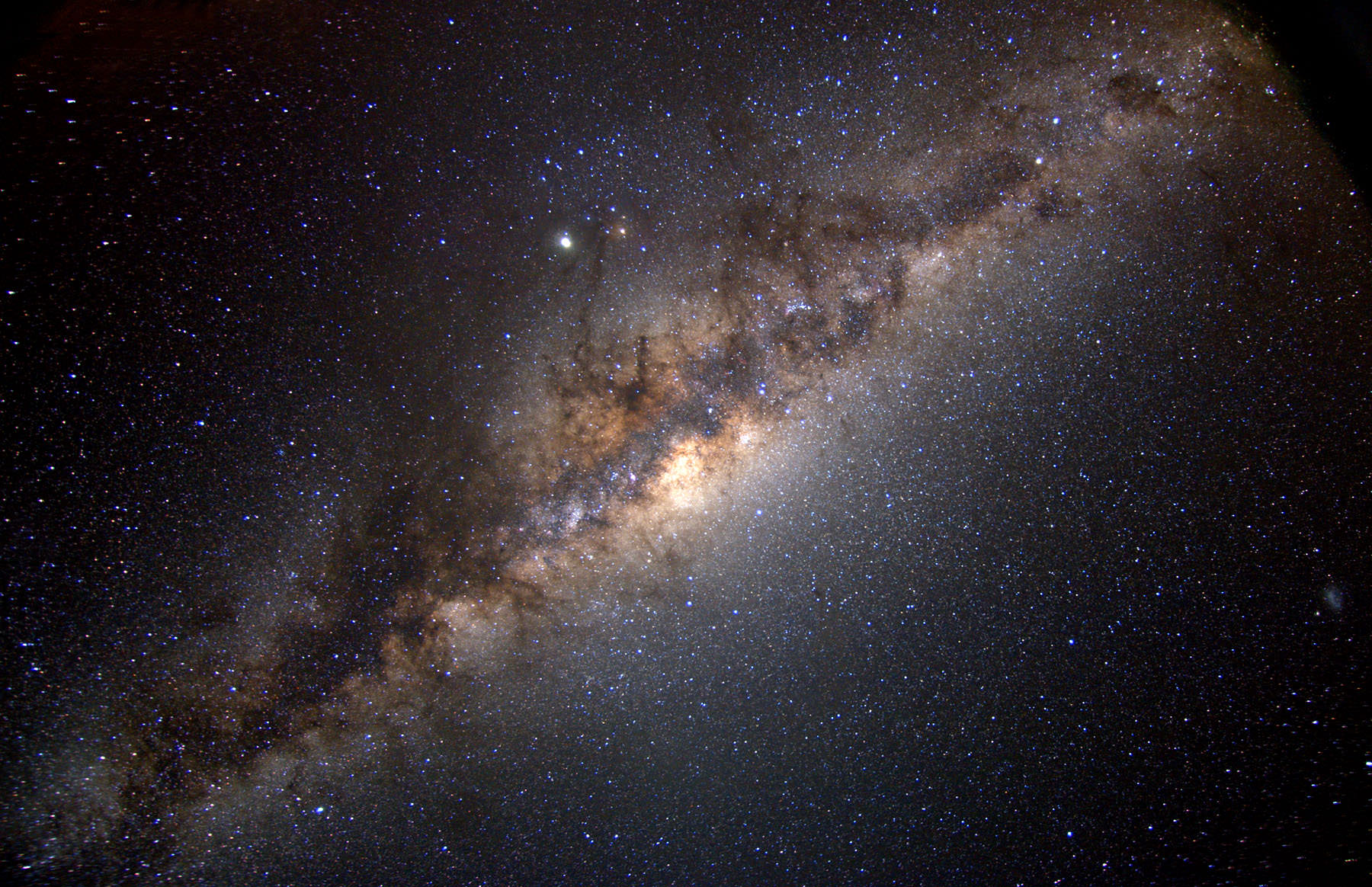Despite all we know about the formation and evolution of the Universe, the very early days are still kind of mysterious. With our knowledge of physics we can shed some light on the nature of the earliest stars, even though they’re almost certainly long gone.
Now a new discovery is confirming what scientists think they know about the early Universe, by shedding light on a star that’s still shining.
This new discovery is centered around a star in our very own Milky Way. It’s called SMSS J160540.18-144323.1 (but we’re just going to call it ‘Bob’ for the purposes of this article.) Bob is about 35,000 light years away. Bob bears the marks of its very early ancestor, one of the Universe’s first generation of stars that was extremely low in metal and that lived in the Universe’s early days.
Astronomers talk about stars in terms of metallicity. In astronomical terms, a metal is any element heavier than hydrogen, helium, and lithium, all of which were created in the Big Bang. Early stars contained only those three light elements because the other heavier elements hadn’t been created yet. Elements heavier than the first three were created in successive generations of stars.
This first generation of metal-free stars is called Population III. They are largely hypothetical, but our knowledge of astrophysics says they have to have existed. Population III stars were extremely massive, hot stars that didn’t last long. The only way we can learn anything about them is to study the stars that formed out of the material they ejected when they died. It’s kind of like forensic astrophysics.

Now back to Bob.
Dr. Thomas Nordlander is an astronomer at the Australian National University (ANU.) He’s from the ARC Centre of Excellence for All Sky Astrophysics in 3 Dimensions (ASTRO 3D) at the ANU Research School of Astronomy and Astrophysics (RSAA). That’s a mouthful, but the main point is that Nordlander is an accomplished astronomer who has authored and co-authored 15 scientific papers. One of his specialties is extremely low-metal stars, and as an astronomer at ASU he has access to the Siding Spring Observatory.
Dr. Nordlander was observing with the ANU Skymapper and the 2.3 meter telescope at Siding Spring when he discovered Bob.
“We’ve found a time machine that takes us back to the Universe’s earliest stars.”
Dr. Thomas Nordlander, Astronomer, Australian National University
Bob was different, unexpected. Bob’s extremely low metallicity was surprising. According to Nordlander, Bob is like a time machine, because the low metallicity is a glimpse back in time to the conditions that formed the star.

“We’ve found a time machine that takes us back to the Universe’s earliest stars,” said Dr Nordlander.
Bob is unusual because its iron content is almost nil. With an iron level 1.5 million times lower than the Sun, it’s more similar to a Population III star than it is to stars from its own generation. In fact, Bob has the lowest iron content ever detected in a star.
“This incredibly anaemic star, which likely formed just a few hundred million years after the Big Bang, has iron levels 1.5 million times lower than that of the Sun,” Nordlander said. “In this star, just one atom in every 50 billion is iron – that’s like one drop of water in an Olympic swimming pool.”
Here’s what Nordlander and his colleague Professor Martin Asplund think happened:
Bob had an ancient progenitor, a Population III star that was typical of its time, with only helium, hydrogen and maybe a little lithium. It was about 10 times more massive than our Sun, and stars that massive burn through their fuel quickly and don’t have long lives.
When this ancient ancestor of Bob reached the end of its life, it exploded as a supernova. Bob’s ancestor would’ve created some heavier elements, which in most cases would’ve been ejected into interstellar space and helped form the next generation of stars. But in this case, the explosion was not that powerful.
“We think the supernova energy of the ancestral star was so low that most of the heavier elements fell back into a very dense remnant created by the explosion. Only a tiny fraction of the elements heavier than carbon escaped into space and helped to form the very old star <Bob> that we found.”

In some respects, Bob is like other halo stars in terms of composition. But alongside its low iron content, it has some other quirks.
Bob has an elevated level of carbon. According to the authors of the paper, this high carbon level indicates “enrichment from a Population III mixing-and-fallback supernova.” Though there could be other reasons for this carbon level, like a companion star, the authors rule them out. “Alternative explanations are unsatisfactory. The elevated abundance of carbon could be due to pollution from an intermediate mass companion star, but models predict that this also leads to similar enhancement of nitrogen.” But there is no nitrogen enhancement in Bob.
Another possible explanation is contamination from the Interstellar Medium (ISM,) something the authors also dismiss. “An initially metal-free, or perhaps metal-poor but carbon-normal, star could also be polluted by accretion from the ISM. Again, models of this process predict significant enhancement of nitrogen alongside carbon relative to the depletion of refractory iron-peak elements, and can likewise be ruled out.”
So Bob itself formed a few hundred million years after the Big Bang, at a time when stars should have formed with a higher metallicity than Bob has. And Bob’s uncharacteristically low iron level tells us something about its even more ancient ancestor. When that ancient ancestor went supernova, it would’ve synthesized much heavier elements through nucleosynthesis.

But due to the weakness of its supernova explosion, those heavier elements weren’t blasted out into space. When Bob formed in the aftermath of that supernova explosion, there were no metals around. They’d all been sucked back into the supernova remnant, meaning Bob was starved of the iron and other heavy elements astronomers expect to see in stars Bob’s age.
It’s extremely unlikely that any of the first, metal-poor stars from the first days of the Universe have survived to this day. But we can see their fingerprints in stars like Bob.
“The good news is that we can study the first stars through their children – the stars that came after them like the one we’ve discovered,” Asplund said.
More:
- Research Paper: The lowest detected stellar Fe abundance: The halo star SMSS J160540.18?144323.1
- Press Release: Astronomers find traces of one of the first stars
- Siding Spring Observatory
- Wikipedia: Population III Stars
- Wikipedia: Stellar Nucleosynthesis

